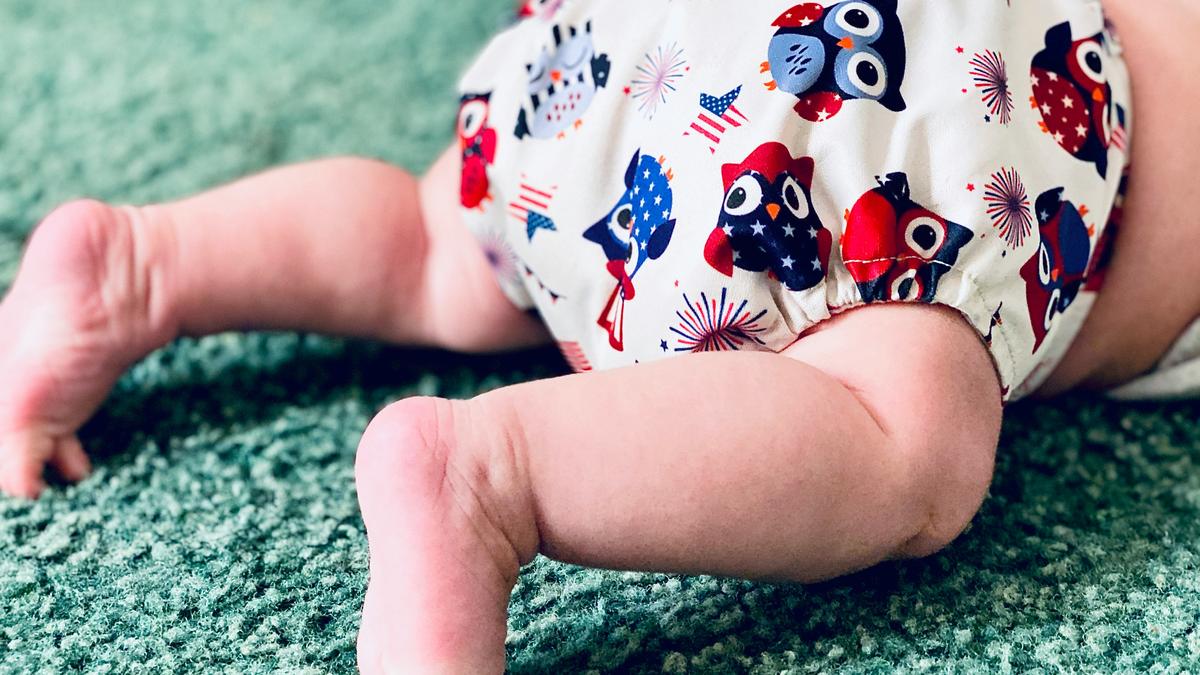Still wondering what you should gift your friends who have just turned parents? Think no more and buy a bunch of diapers. This sleep-giving, time-relieving, and peace-conferring machinery has been providing the only solace young parents can often find between all the screaming and food-throwing their adorable babies are doing. Just wrap this soft, powdery white packet around the baby’s bum, and from a few hours to even a whole night it will make sure the baby — and consequently you — will be able to get some more sleep.
But have you ever wondered how it is that a diaper is able to soak so much liquid? We all know a few things can soak water around us, such as our cotton clothes, and a few things that don’t, such as our rubber shoes. What is in that diaper that it seems to be able to absorb so much more? This has some of the most beautiful pieces of physics we see around us. But before we do that, let’s find out why some things soak water and some things don’t.

The case of cotton Whether something absorbs or repels water has to do with microscopic forces and the nature of a material. Water, the all prevailing, life sustaining liquid we are so used to, is a remarkable thing. Its smallest constituent is a molecule made of two hydrogen atoms and one oxygen atom.
While every atom here is charge neutral — i.e. it has an equal number of positively charged protons and negatively charged electrons — something funny happens.
Two electrons, one each from every hydrogen a.
















